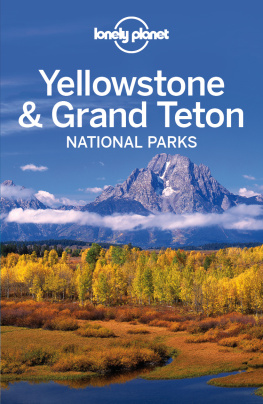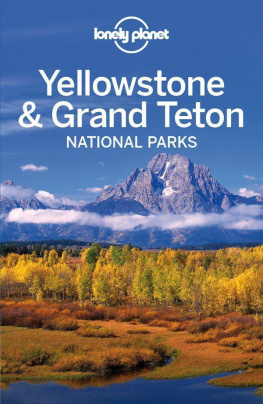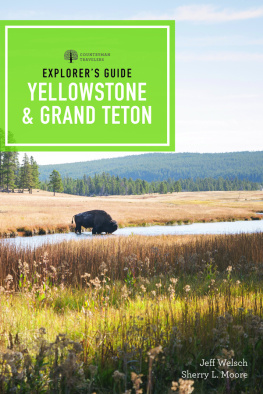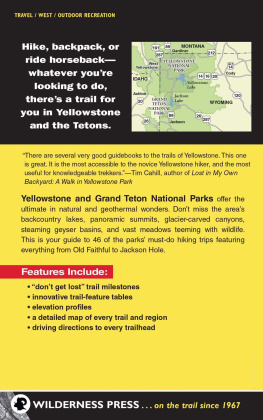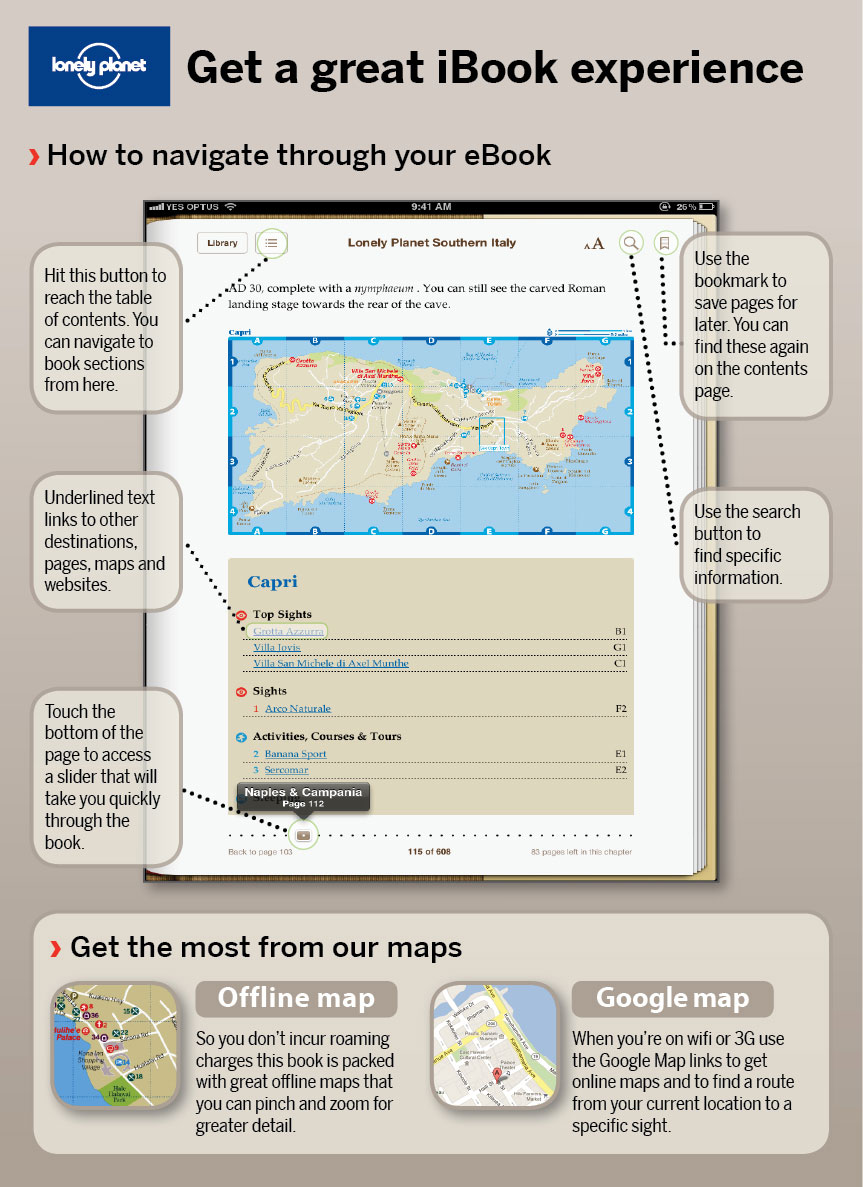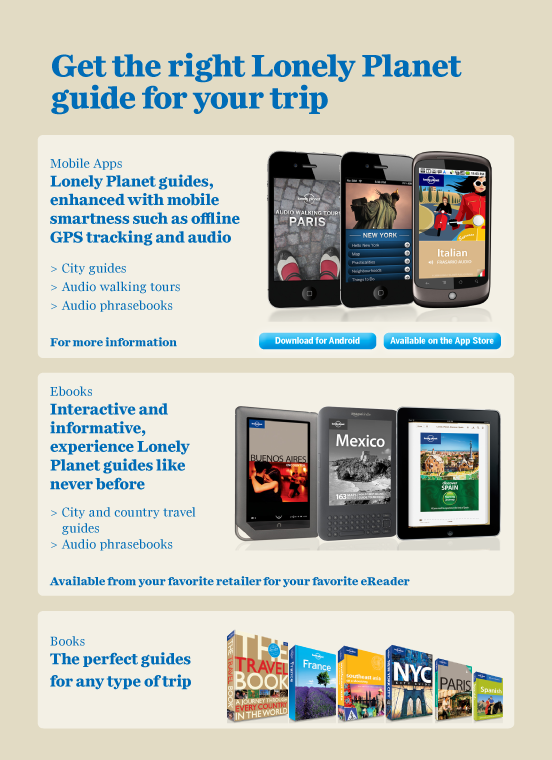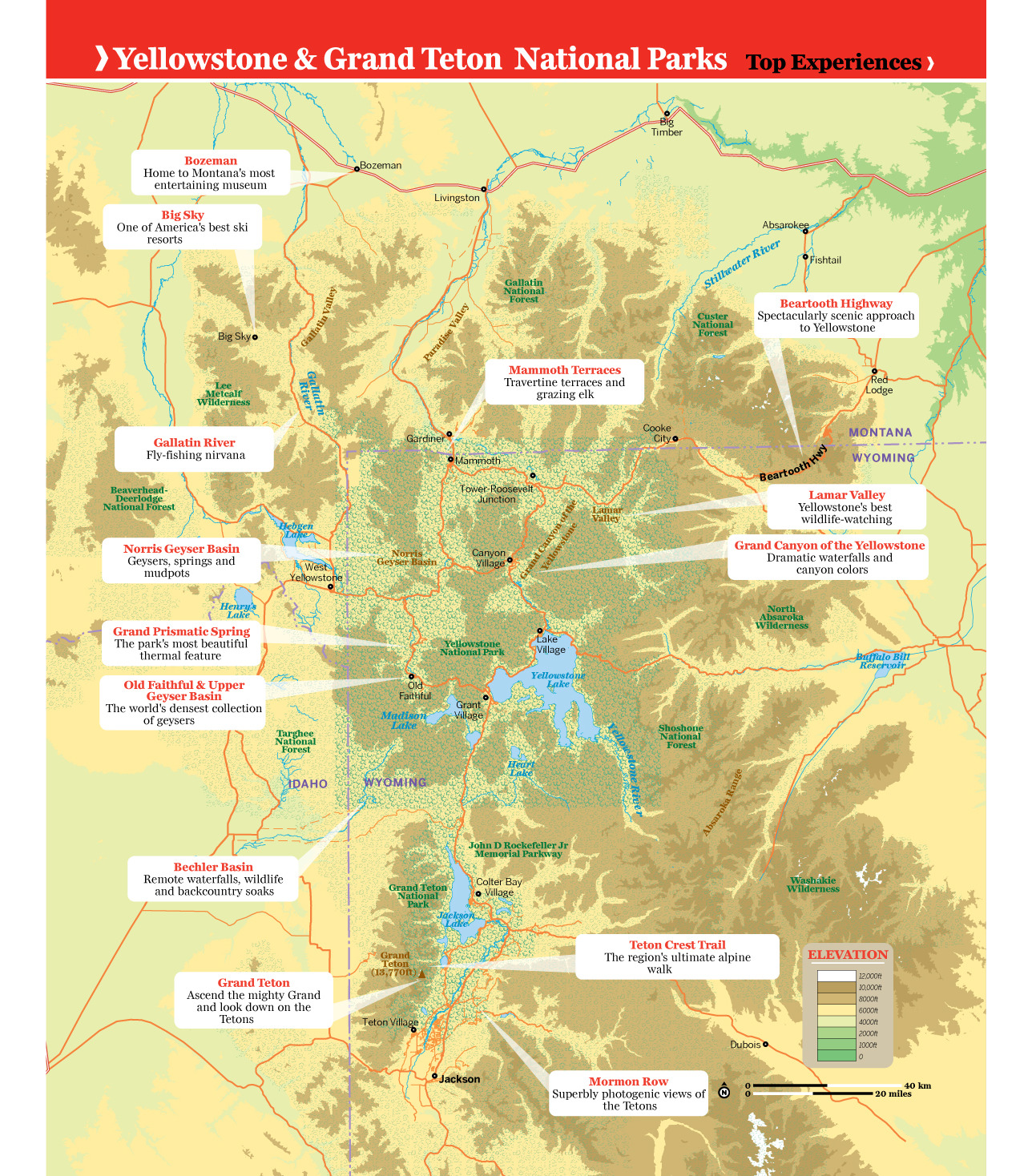GETTING THE MOST OUT OF LONELY PLANET MAPS
E-reader devices vary in their ability to show our maps. To get the most out of the maps in this guide, use the zoom function on your device. Or, visit http://media.lonelyplanet.com/ebookmaps and grab a PDF download or print out all the maps in this guide.
Welcome to Yellowstone & Grand Teton
Theres nowhere in the world quite like Greater Yellowstone. From its raging geysers to howling wolf packs, the land stands alone as one last pocket of a wild, primeval America.
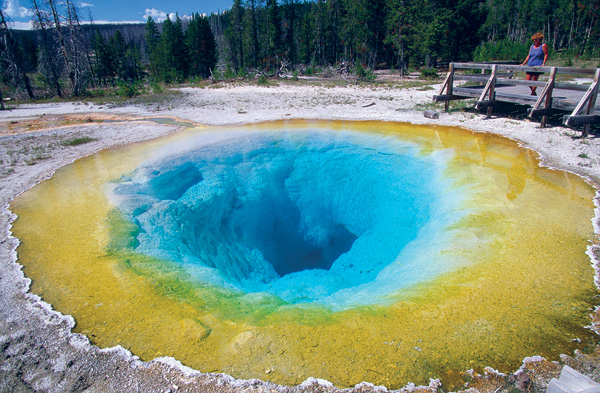
Morning Glory Pool () in Upper Geyser Basin, Yellowstone National Park.
JOHN ELK III / LONELY PLANET IMAGES
Yellowstone
Yellowstone National Park is the crown jewel of the Greater Yellowstone Ecosystem and the destination of nearly every visitor to the region. The real showstoppers are the geysers and hot springs natures crowd pleasers but at every turn this land of fire and brimstone breathes, belches and bubbles like a giant kettle on the boil. The parks highways traverse these geysers, through meadows and forests, past roadside herds of bison and campsites aromatic with pine needles and family campfires. In between lies the countrys largest collection of elk, the continents oldest, largest wild bison herds and a pristine wilderness roamed by wolves, grizzlies, moose and antelope.
Grand Teton & Beyond
South of Yellowstone is Grand Teton National Park, probably the most famous natural skyline in the United States and the nations most iconic mountain range. These vertical peaks, reflected in a string of gorgeous glacial lakes, come the closest to most peoples picture-postcard image of alpine splendor and will send a shiver of excitement down the spine of even the least vertically inclined.
Opportunities to venture into the backcountry abound in both parks, whether its on foot, horseback, boat, ski or snowshoe. Buckle up and climb the Tetons, canoe around sublime Shoshone Lake, mountain bike to the summit views of Mt Washburn or hike for days through the remote backcountry the choice is yours.
The parks wonders dont stop at their boundaries. The two parks and their surrounding protected areas form a larger, interconnected area six times the size of Yellowstone: the Greater Yellowstone Ecosystem. Here youll find blue-ribbon trout streams, fabulous hiking trails and a scattering of charming Wild West towns with their gaze set firmly on the great outdoors.
The Essential Outdoor Vacation
More than three million people a year are drawn here, so if you are traveling in July and August be prepared to share the parks charms, as well as their campgrounds and parking spots. Yet even in high summer its not difficult to shake the crowds. Park the car and head off down a trail, if only for a mile or two, and the parks will embrace you in their rejuvenating beauty.
Whatever your interests, some memories are shared the taste of smores over a campfire, the nose-wrinkling smell of sulfurous steam and the electrifying thrill you get when hearing your first wolf howl. A journey to Yellowstone is a great vacation, but also a modern pilgrimage to two of Americas most admirable and enduring national landmarks.
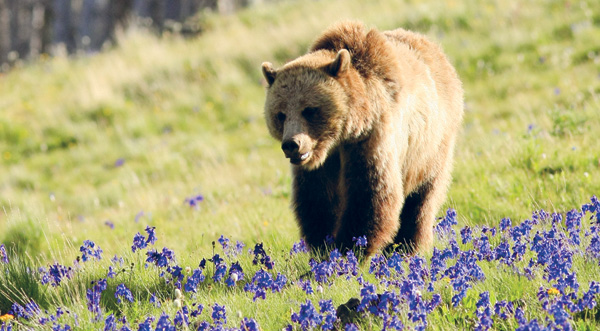
A young grizzly bear investigating a meadow in Grand Teton National Park.
HEATH HOLDEN / LONELY PLANET IMAGES
Wildlife-spotting in the Lamar Valley
Known as the Serengeti of North America, the lush Lamar Valley () is home to the densest collection of big animals in Yellowstone. A dozen pullouts offer superb views over grazing herds of bison and elk, but search the treelines closer with a spotting scope and youll likely also spot a lone grizzly on the prowl or a pack of wolves on the hunt. Come at dawn or dusk for the best action and be prepared to stand transfixed as nature plays out before your eyes.
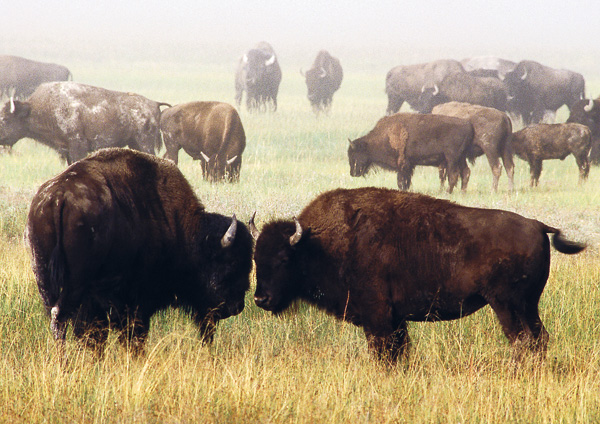
CAROL POLICH / LONELY PLANET IMAGES
Old Faithful & Upper Geyser Basin
The worlds most famous geyser () erupts every 90 minutes or so, so you have plenty of time to view it from several angles from the main boardwalk, from the balcony of the Old Faithful Inn and from Observation Hill. The surrounding geyser basin offers dozens of other spectacular spouters; some that erupt dramatically just once a day, others that thrash continually in a violent rage. Check the new visitor center for predicted eruption times and bring a book if you want to catch a biggie like Beehive or Grand, as it may take a while.
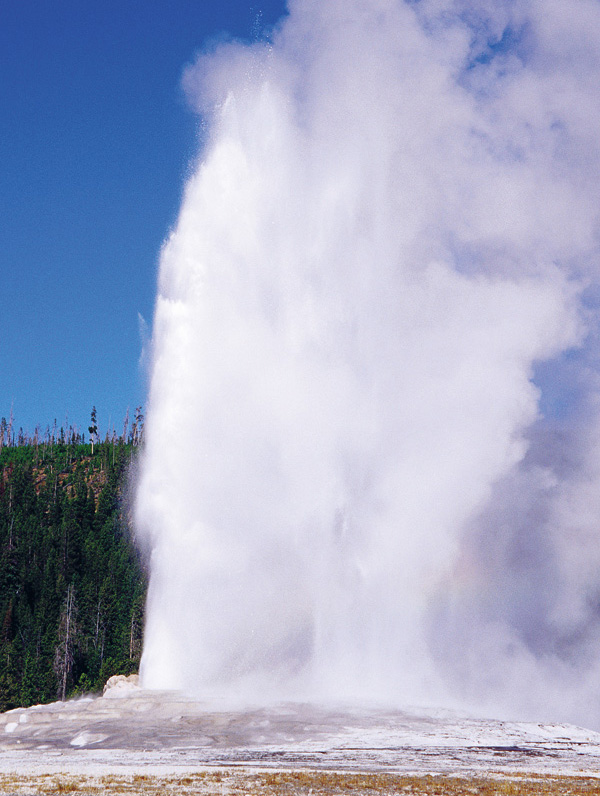
RICHARD CUMMINS / LONELY PLANET IMAGES
Paddling the Tetons Alpine Lakes
Whether soloing in a kayak or bundling the family into a canoe, paddling is a great way to glide into nature at your own pace. When your arms tire, shore up on empty beaches for a picnic or a swim. With a permit you can also backcountry camp. Jackson Lake is the Tetons biggest lake; families might prefer to manage the smaller scale of Leigh and String Lakes. For an adventurous multi-day alternative in Yellowstone, try gorgeous Shoshone Lake, the regions largest backcountry lake.

String Lake
HOLGER LEUE / LONELY PLANET IMAGES
Grand Canyon of the Yellowstone
The sublime canyon colors and dramatic 308ft drop of the Lower Falls are the big draws of Yellowstones very own grand canyon (). There are several different ways to view the canyon: get close to the drop-off at the Brink of the Lower Falls, take in the big picture at Artist Point or descend on steps to feel the spray on your face at Uncle Toms. Best of all, take the rims hiking trails to appreciate the views away from the car and the crowds.
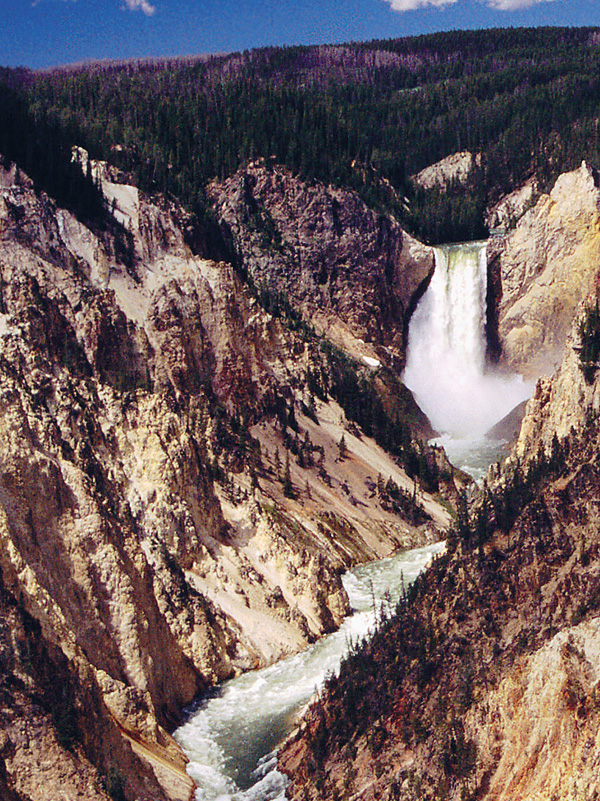
JOHN MOCK / LONELY PLANET IMAGES
Climbing Grand Teton
Buck the trend and look down on the Tetons on a guided ascent. The birthplace of American mountaineering, the chiseled and weathered Grand continues to be among Americas premier climbing destinations. The two-day affair starts with a steep 7-mile approach past wildflower fields and waterfalls. Rest up, because a 3am wake-up call heralds summit day, with views of the sprawling wilderness of three states. Climbers need some prior instruction, but it can be gained locally before the climb ().

